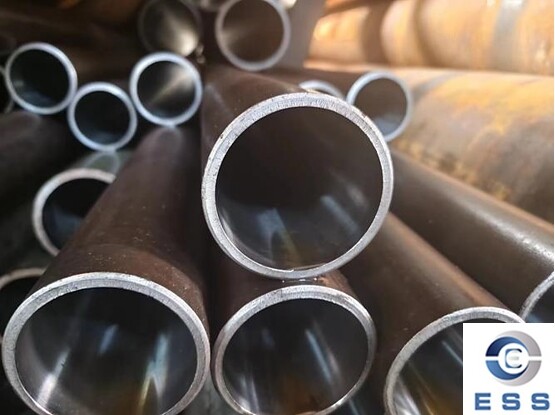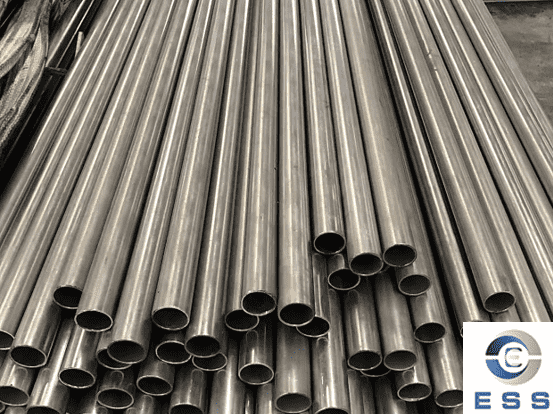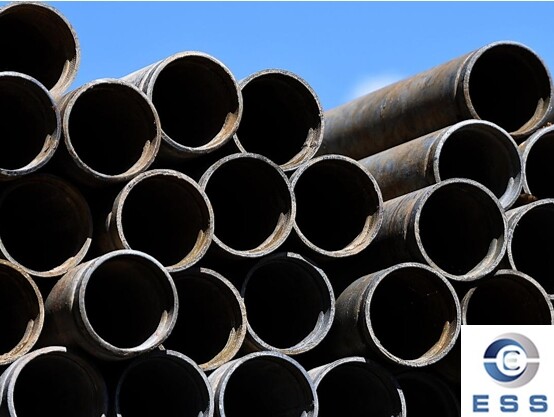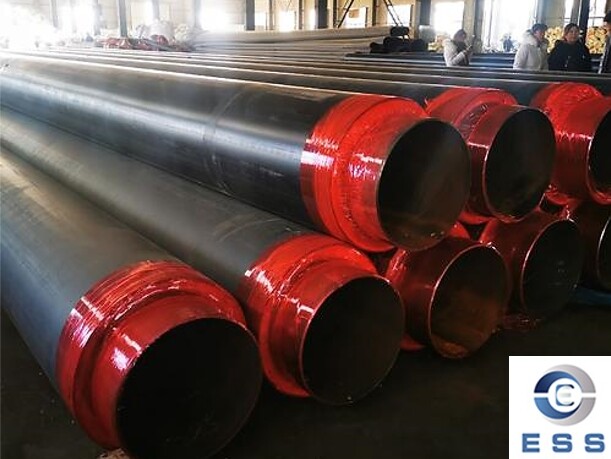
Hydraulic
tubes are pipes used to transmit fluids, usually hydraulic oil or hydraulic
gas. They are divided into two types: hard tubes and soft tubes. The hard tube
is usually seamless
steel pipe, while the soft tube is curved pipe composed of steel wire and
rubber layer. Hydraulic tubes are very important components in industrial
applications, but various problems often occur during long-term use, affecting
the normal operation of hydraulic systems. This article will discuss the five
common problems of hydraulic tubes and their solutions to help you find
problems in time and take effective countermeasures to ensure the stable
operation of hydraulic systems.
Leakage problem
1. Cause
During long-term use, hydraulic tubes may
become loose due to vibration, impact and other factors, causing leakage of
hydraulic tubes. Leakage is one of the common faults of hydraulic systems. If
it is ignored for a long time and not repaired, it will cause instability,
stalling and other problems in the system.
2. Solution
Check and replace loose pipes in time, and
strengthen the fixation of pipes during use to avoid vibration and loosening of
pipes, thereby reducing leakage problems in hydraulic tubes.
Corrosion problem
1. Cause
During the use of hydraulic tubes, contact
with liquids, gases or aerosols may cause corrosion on the surface of the pipe
body. Corrosion can cause passivation and damage to the hydraulic tube, which
can lead to the collapse of the hydraulic system.
2. Solution
Use anti-corrosion materials to manufacture
hydraulic tubes, and regularly clean, rust-remove and anti-corrosion treatment
the pipe body to improve the corrosion resistance of the hydraulic tube and
extend its service life.
Pipe wall damage problem
1. Cause
When the hydraulic tube is bent or
squeezed, the inner wall may be damaged or scratched. Inner wall damage will
not only affect the strength of the pipe body, but also cause pressure loss,
leakage and other faults in the hydraulic system. In addition, the hydraulic
tube is repeatedly bent and twisted during operation, and long-term wear will
cause the pipe wall to become thinner and even perforated.
2. Solution
Use pipes correctly to avoid excessive
bending, squeezing or long-term external force on the pipe body; use materials
with smooth inner walls and wear resistance to manufacture hydraulic tubes to
avoid inner wall damage. Or replace the hydraulic tube in time or take remedial
measures as needed, such as adding a casing pipe to
the pipe mouth to increase strength, or using a hose instead.
Leakage problem
1. Cause
The leakage problem of the hydraulic tube
affects the normal operation of the hydraulic system. Common leakages include
gap problems caused by pipe joint wear, gasket aging, etc., and leakage on the
surface of the pipe.
2. Solution
The solution to the leakage problem depends
on the cause of the leakage. If the pipe joint is worn, a new pipe joint needs
to be replaced; if the gasket is aged, a new gasket needs to be replaced.
Foreign matter enters the hydraulic tube
1. Cause
If the hydraulic tube is not well
processed, cleaned and sealed during use, foreign matter will enter the pipe.
The entry of foreign matter will aggravate the wear of the hydraulic tube and
make the pipe mouth invalid.
2. Solution
Be alert to the presence of foreign matter
in the pipe mouth and clean and inspect it in time.
Summary
In summary, the above are the five common
problems of hydraulic tubes and their solutions. When using hydraulic tubes,
attention should be paid to the prevention and solution of the above problems.
For different situations, corresponding solutions need to be taken, such as
replacement, repair or installation of protective measures. Hydraulic tube
failures can be reduced by strengthening repairs and maintenance to ensure the
normal operation of the hydraulic system. At the same time, when purchasing hydraulic
tubes, products with reliable quality and good corrosion resistance should be
selected, and matching pipe fittings should be selected and used strictly in
accordance with the manufacturer's requirements to ensure the stable operation
of the hydraulic system.













 Eastern Steel Manufacturing Co.,Ltd not only improve product production and sales services, but also provide additional value-added services. As long as you need, we can complete your specific needs together.
Eastern Steel Manufacturing Co.,Ltd not only improve product production and sales services, but also provide additional value-added services. As long as you need, we can complete your specific needs together.










